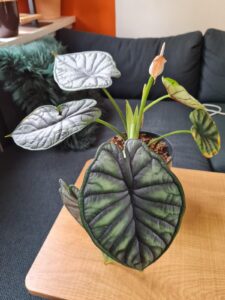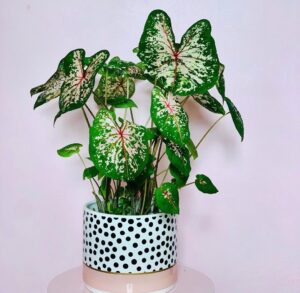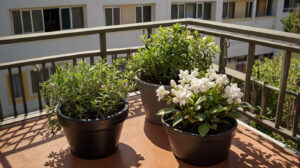
As winter sets in, the prospect of growing fresh herbs indoors offers a delightful solution for maintaining a green thumb and enhancing culinary creations. With the right care and conditions, a variety of herbs can thrive indoors during the colder months, providing a convenient and accessible source of flavor and fragrance.
Whether you’re a first-time herb grower or seeking to expand your indoor garden, this guide will explore the best herbs to grow indoors during winter, along with essential tips for successful cultivation and utilization of these aromatic treasures.
In this article
Why start an indoor herb garden during winter?
Yes, you can grow herbs indoors in winter. You have the freedom to choose the perfect herbs for indoor growth this winter – those that you frequently use to enhance the flavors of your culinary creations.
The good news is that you don’t require an extensive indoor gardening space for growing herbs. A sunny windowsill can accommodate a few small pots, or you can opt to hang a shelf near a window to create a sunny location for your herb garden. The best part? You won’t need to install large shelves to support these containers.
8 best herbs to grown indoors in winter
If you’re ready to get started growing herbs indoors, you need to pick the herbs that grow the best inside. Here are the herbs that grow best:
- Chives
- Oregano
- Basil
- Mint
- Rosemary
- Thyme
- Sage
- Parsley
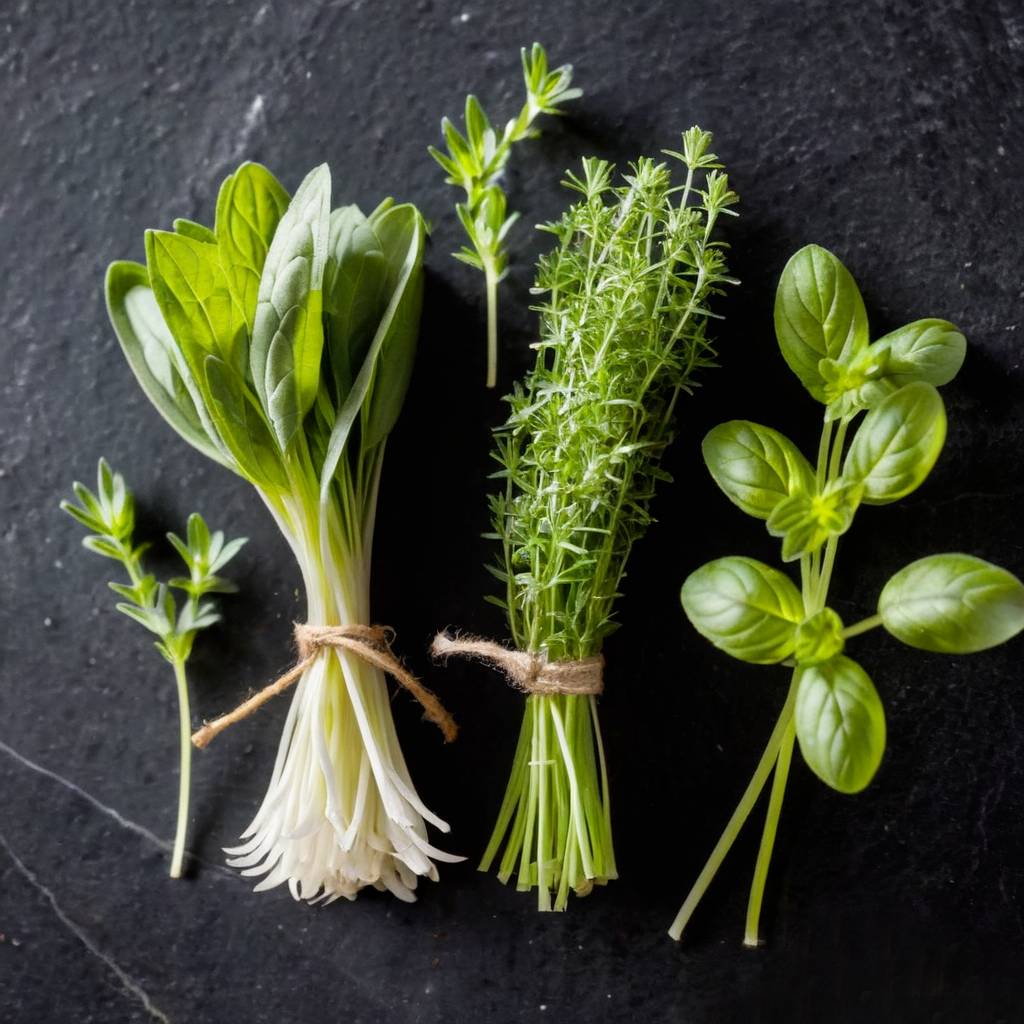
Chives, oregano, basil, mint, and thyme are excellent choices, thriving indoors even during the winter months. These herbs not only tolerate decreased sunlight and temperature changes but also offer a diverse range of flavors and aromas to enhance your culinary creations.
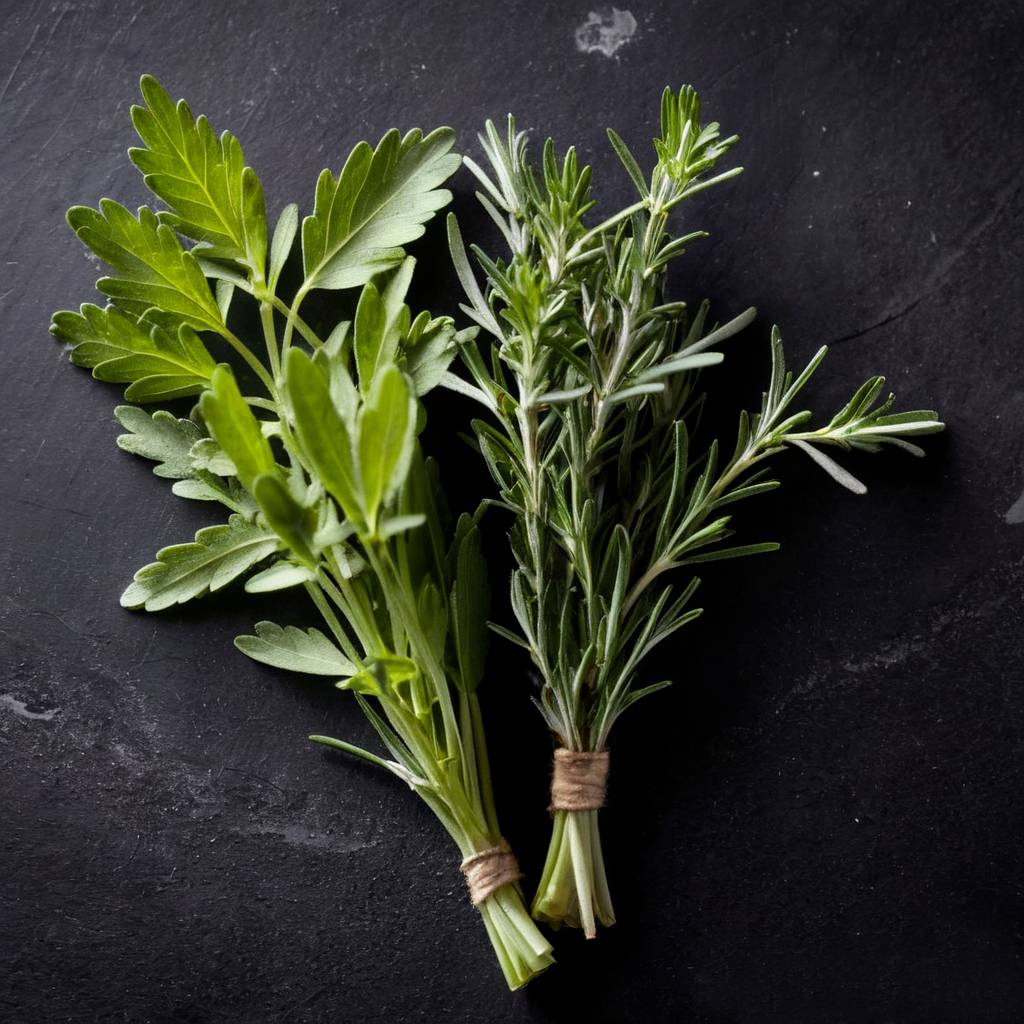
Additionally, parsley, sage, and rosemary are well-suited for indoor growth, providing an array of culinary and aromatic benefits.
Understanding the light and temperature requirements of these herbs is crucial, as they thrive best in temperatures between 60-75°F and require at least four to six hours of direct sunlight daily.
How to Start Growing Indoor Herbs
To grow herbs indoors in winter, you need to:
- Choose herbs that can survive indoors, such as basil, mint, oregano, sage, thyme, and chives.
- Start from established plants or take cuttings from soft-stem herbs and root them in water.
- Place the herb pots in a sunny window, preferably south-facing, and water them regularly but not excessively.
- Provide extra humidity and fertilizer if needed, especially in a heated home.
- Alternatively, overwinter hardy perennial herbs in a greenhouse.
When to start your indoor herb garden
You can start your indoor herbs in the fall, as your garden starts to wind down for the year. If you have some fresh herbs growing in your outdoor garden, you can dig up a few of the plants to bring them inside.
Another option is to clip a few cuttings that you can dip into rooting hormone and plant inside. Starting from established plants is much easier and means you can clip stems sooner in the winter.
Starting from seeds works as well, but it requires more time and patience. Don’t be afraid to try propagating herbs. All you need to do is cut a 5-inch stem and put it into water. Once roots develop in the water, plant it in a pot with soil.
If possible, look for a south-facing window to hold your herb pots. You want it to receive plenty of light each day.
If you don’t have a spot with enough light, you can use a grow light or fluorescent light as a supplement.
If you’re bringing plants in from outside and you have other houseplants, make sure to keep them separate to avoid infecting them with any pests you might have brought inside with you.
Troubleshooting Common Issues
When troubleshooting common issues with indoor herb gardens, it’s crucial to address factors such as light availability, humidity levels, and environmental conditions.
Insufficient light can lead to wilting and stunted growth in herbs, so ensuring that plants receive adequate natural or artificial light is essential.
Additionally, maintaining proper humidity levels is vital, especially in dry indoor environments during winter. Using a humidifier or misting the plants can help combat dry air.
Avoid placing herb plants near radiators, stoves, or air vents, as these locations can cause dryness and temperature fluctuations, negatively impacting herb growth.
Furthermore, overwatering and water-logged soil can be detrimental to herb plants, leading to root rot and other issues. It’s important to strike a balance in watering practices, ensuring that the soil is well-drained and not overly saturated.
Lastly, monitoring for pests and diseases, avoiding over-fertilization, and providing the appropriate lighting conditions are essential for maintaining healthy and thriving indoor herb gardens during the winter months.

